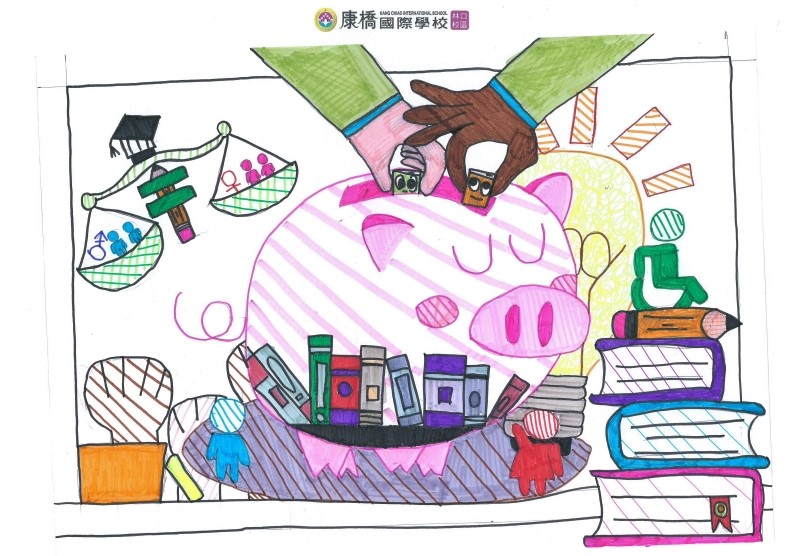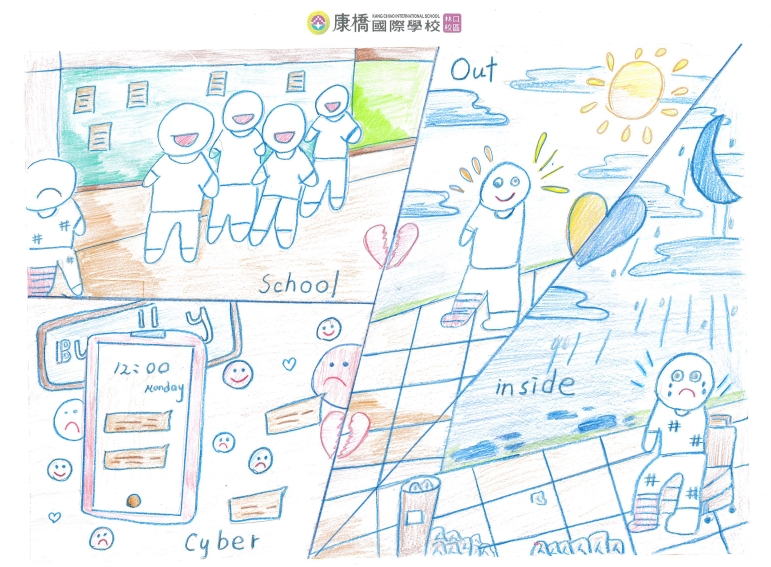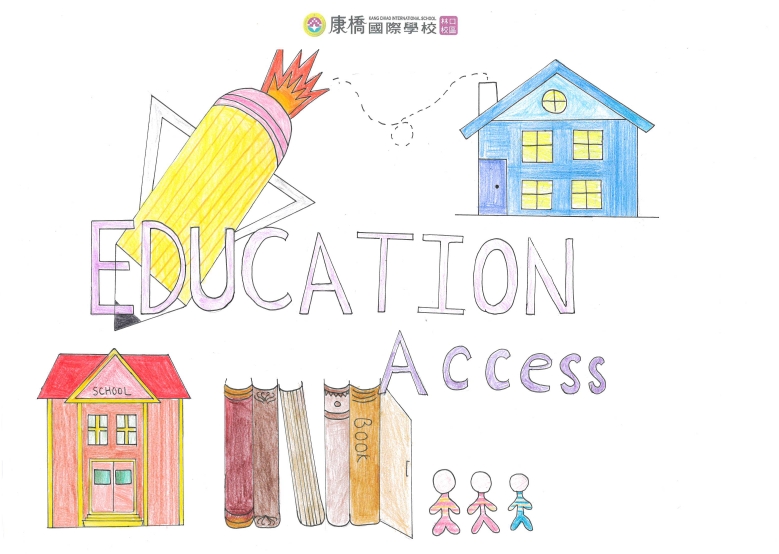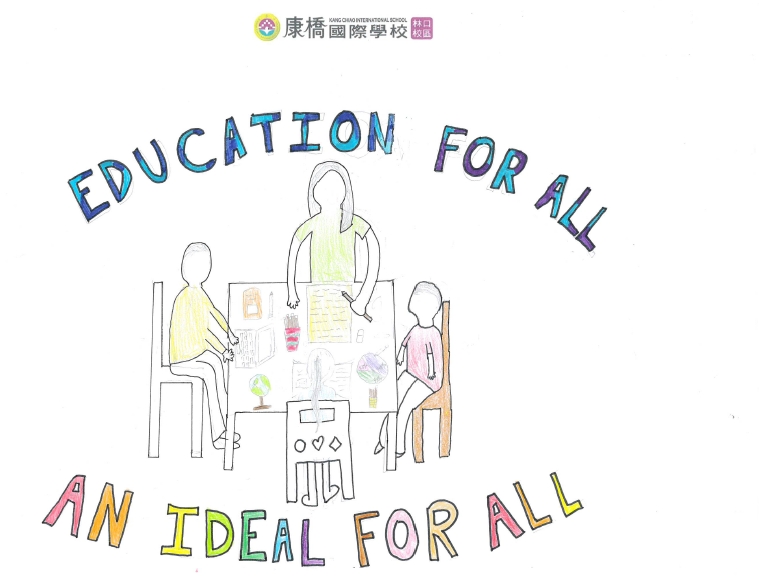

English Teacher Timothy Zabinski

The sixth graders had the opportunity to link their reading and art skills with a project on justice during the fall term. This made them think more about the purpose of texts they read and the creativity behind persuading others.
Students read a historical fiction piece about Nelson Mandela during language arts class. The story describes apartheid in South Africa and Mandela’s relentless but peaceful fight to end it. The story compared the fight for freedom in South Africa to planting seeds for future generations to enjoy. This sparked interest in other instances of injustice around the world.
Everyone discussed different cases of injustice. These ranged from education access, journalistic freedom, and child labor. Students got a better understanding of the different causes of these forms of injustice. Then, they went about finding ways to communicate to others about these topics.
Next, students were shown images of plants growing. When asked to describe the images literally, they did so. However, students were also able to describe the images from the perspective of the reading about Nelson Mandela. They were able to interpret that a plant growing on good soil could be compared to the need for the segregation of schools in South Africa to end. It was encouraging to see how easily students made the connection.
Students were then given pieces of artwork about the topics they had discussed previously. Students analyzed the artwork and talked about what they meant. They then had to guess which injustices the different pieces of artwork were about. One image was of a person unlocking handcuffs with a pen. Students interpreted this as a statement endorsing journalistic freedom.
After seeing various pieces of artwork, students were asked to make their own. They were given different topics and discussed how they could communicate the injustice quickly and powerfully through art. First, they made a quick sketch of their artwork on paper. Then, the students used their Chromebooks to make the piece on a jamboard.

Lastly, groups presented their artwork on the board to their classmates. Students looked at each other’s artwork and worked together to guess the message they were trying to get across. If it was easy to interpret the piece, then it was effective, but it was interesting to see how some of them had deeper meanings. Some students drew a locked book with keys nearby costing too much money. Other students drew a journalist writing the news with puppet strings attached. It was surprising to see just how creative everyone could be.
After this lesson, students did further research on cases of injustice of their choosing. They gathered examples and quotes to use in their writing. In their writing, students also had to write a thesis statement and a counterargument. These helped to both strengthen their writing and make it more clear.
This project showed students how complex themes in their stories can be expressed effectively in different ways. A thought-provoking piece of art can be just as inspiring, if not moreso, than their writing. In the future, they can use multiple ways to make their arguments and discuss their points of view.




